Cultivating and maintaining strong, vigorous mother plants requires patience, dedication and consistency. With good genetics and basic equipment, you can cultivate healthy mother plants that will spawn many generations of great cannabis.
Any cannabis grower interested in perpetuating good genetics must have a good selection of mother plants. If they are kept well maintained, clones can be continually taken from mother plants for years. There are many benefits worth exploring for anybody who cares for great genetics.
Benefits of cultivating mother plants
- If you can get your timing right, you can be planting and harvesting all year long, especially if you are growing indoors. Essentially, by the time you harvest, it will be time to take new clones from your mother plant.
- Clones taken from mother plants are homogenous in terms of size, height and nutrient profiles.
- If using a mother plant for clones, there is no threat of pollination from male plants.
- No seeds are required to grow from cuttings on a female plant.
- There is security in the quality of the strain, the strength, taste and smell that is never guaranteed if growing from seed. Plants grown from seed can exhibit differences in phenotype even if they have the same genotype. There’s no risk of this with cloning from mothers.

Selecting your mother plants
The basis for selecting your mothers should always be health, strength and vigour. Beyond that, you may have various considerations such as terpene and cannabinoid profile, flavour and aroma, yield, drought-resistance, and height and branching characteristics. However, if you allow secondary traits such as these to take priority at the expense of strength and vitality, you may regret it further down the line.
Mothers need to be very strong and healthy to produce consistently good clones, and good ones may live a decade or more (there are even reports of 30- and 35-year-old mothers still going strong). With that being said, even the best genetics usually begin to exhibit signs of age-related deterioration at some stage.
Nurturing your young mother plants
Now that you have selected your mothers, it is vital that they get the correct initial care to prepare them for their long and fruitful future lives. If you have selected your mothers from clones, feed them nothing but water until they have clearly begun to sprout new growth. From seed, wait until the first true leaves have sprouted before giving your plants nutrients (although this not necessary, and may not be for some weeks).
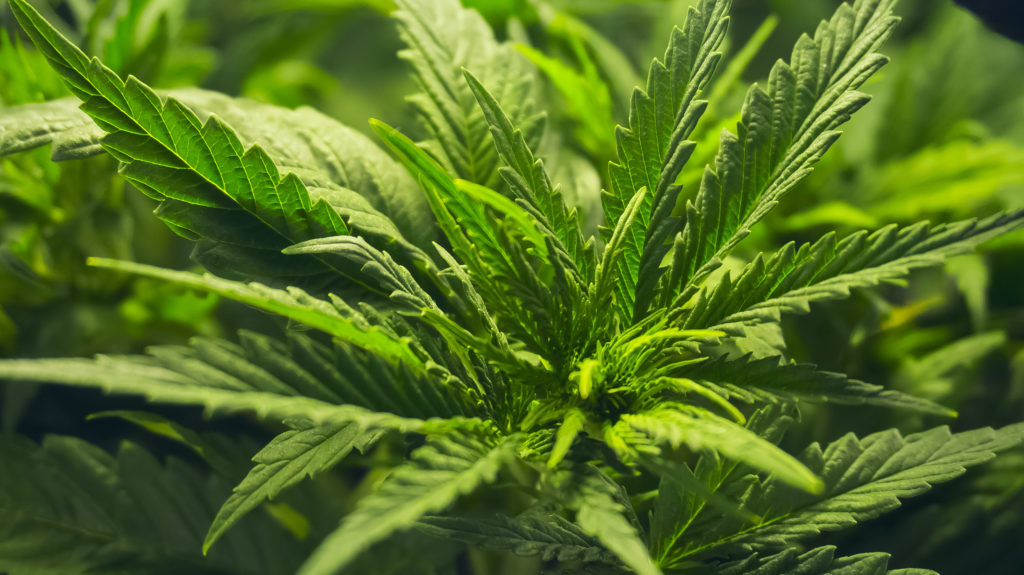
Once your plants are generating new growth, you can commence feeding with a half-strength or quarter-strength vegetative nutrient for the first weeks. As the plant matures and grows, you can gradually increase to full-strength feeding. As you become familiar with your mothers, you will begin to understand their individual needs. As long as basic good practice is followed, you should have plenty of time to tweak your feeding regimes to perfection.
Generally, a typical vegetative growth solution, preferably organic, is sufficient to keep your mothers in a consistently healthy state. Microrhizomes and root stimulator can be used in soil from day one to give young roots a boost and improve soil microbiome.
Best light for mother plants
In order for mother plants to live for a long time, they must be kept in a vegetative state. This means they must consistently receive more than 12 hours of light per 24 hours. If you would like your plants to vegetate quickly to maximize the number of clones, mother plants can be left in an 18/6 day/night regime. To slow down growth, it may be adjusted to 14/8 day/night cycle.
The best light for vegetative growth is in the blue spectrum. For this reason, metal halide lamps are preferable for mother plants. This mimics the natural daylight in spring, when plants are typically undergoing vegetative growth.
Nutrients for your mature mother plants
Your mature mother plants need to receive sufficient nutrients to stay alive and healthy. The nutrient ratio must further be optimized to favour vegetative growth and abundant branching. Plenty of nitrogen is essential for vegetative growth. Other important nutrients include calcium, which is important in maintaining hormonal balance, and magnesium, which facilitates photosynthesis and production of sugars vital for growth.
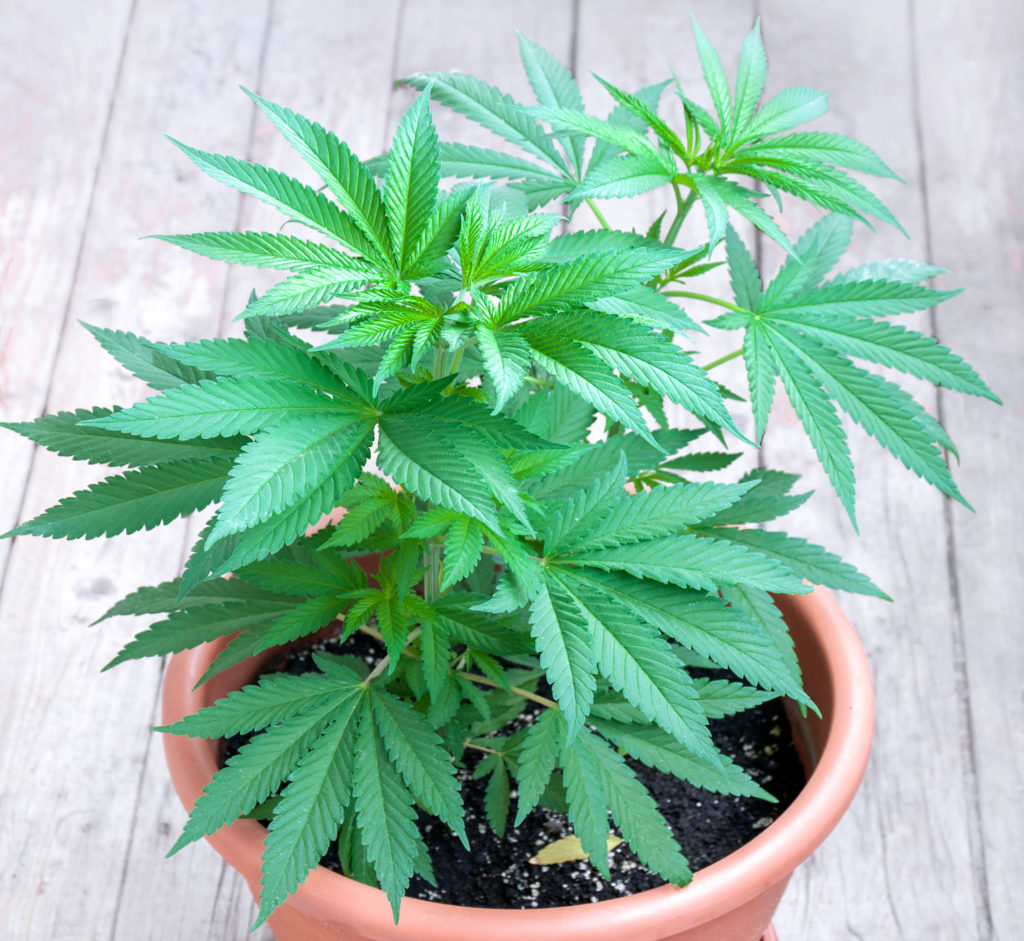
As well as ensuring that the basic macro- and micronutrients are present and correct, there are various other tweaks that can be performed to improve the overall health and vigour of the plant, and to boost the rate of branching.
The auxin/cytokinin balance
For example, auxin and cytokinin are two plant hormones that work together to boost root and branch development. The apical shoots produce auxin, which is then delivered to the roots via an intracellular pathway to boost root development. Meanwhile, the roots produce cytokinin, which travels back up to the shoots via the same intracellular pathway, where it promotes branch development and leaf growth.
As auxin and cytokinin are natural plant hormones, it is possible to supplement your plants’ baseline levels so that they produce stronger, healthier roots and achieve a greater degree of branching. Ideally, a higher ratio of cytokinin to auxin is desirable, as this encourages lateral branching, while a higher ratio of auxin to cytokinin restricts lateral branching and encourages upward growth.
Selective pruning for abundant branching
Your approach to pruning your mothers determines the rate at which they will produce fresh shoots, which will ultimately become new clones. It is always important to prune your mothers regularly, and to be selective about how you approach the task so that the maximum number of healthy, vigorous new branches are produced.
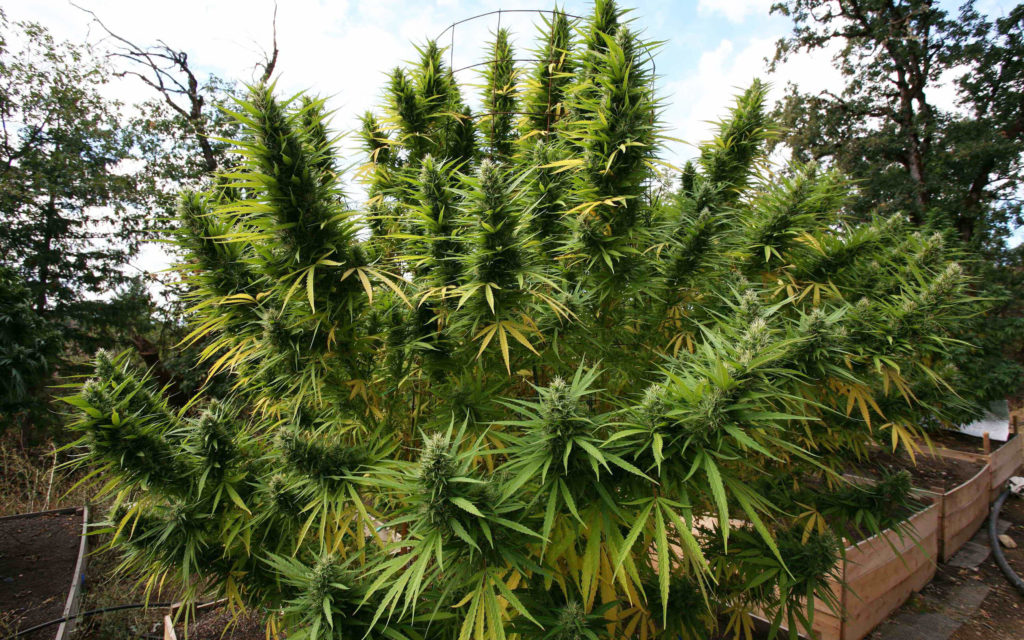
It is very important to ensure that your mother plants grow short and bushy rather than tall and spindly. To achieve this, remove the apical stems from your mothers regularly. The apical stems produce auxin, which travels down the shoots towards the roots as previously mentioned. On its way, it inhibits auxiliary bud growth and lateral branching.
Thus, when the apical stems are removed, the auxin level drops off and lateral branching is uninhibited. Presence of cytokinin at this stage also encourages apical dominance to shift to the lateral branches so that they grow more vigorously.
Any grower who has stumbled upon great genetics must know how to maintain and utilise a mother plant. It means always having access to and a supply of fine cannabis. This removes the need for constant searching for the perfect seed or phenotype. Enjoy the many possibilities once you have found the perfect candidate for a mother plant!
- Disclaimer:Laws and regulations regarding cannabis cultivation differ from country to country. Sensi Seeds therefore strongly advises you to check your local laws and regulations. Do not act in conflict with the law.







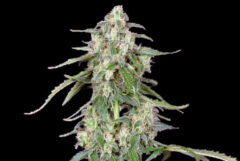

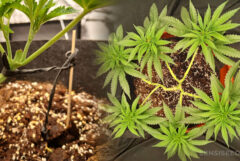

Hi !
Why does a motherplant get lignified ?
Is it a way plants protect themself (they think you are a predator) since you are cuting the plant for propagation ?
Is there a way to prevent lignification on motherplants ?
Indeed. It’s a way for the plant to strengthen and recover itself. I am not aware of ways to prevent this other than being careful and tender while taking clones.
I’m new to cloning moms. I have recently found a few seeds in my mothers. I have no males in my clone room. Are seeds on the mother a bad thing? Should I stop cloning that plant?
Please advise. I’m lost about it!
Hi Laurel,
Unfortunately, legal restrictions mean we can’t answer grow related questions or give grow advice on this blog. However, we do have the Sensi Seeds Forum where you can ask questions and share your experiences with a thriving community of cannabis and gardening enthusiasts, so please don’t hesitate to join the community!
With best wishes,
Scarlet
I’d get rid it. Simple, if it’s not right it’s wrong
To maintain plants for any length of time will require repotting (not necessarily to larger pots) and root pruning as well as pruning the shoots. Any soil medium will break down over time and become compacted. Depending on your source of water and fertilization, soil grown plants may become “salted” – the accumulation of unused nutrients from evaporation – the white/brown salty looking stuff at top of the soil. The roots will fill the pot and the plant will become root-bound; a good sign of the root-bound condition is slowing growth and often you will notice that water just pours right through the pot and out the bottom without being absorbed. You may also notice the roots escaping the drainage holes in the container. The roots grow in balance with the shoots, so when you have pruned the shoots over and over you can expect the plants to be root-bound, and they will need to be pruned also. As an aside, it is a good idea to regenerate the mother after some time, replacing it with a healthy clone you have taken from the plant; they will be genetically identical.
If you are new to this and anxious about doing root pruning, just follow the basics and your plant will thank you. Experiment on a clone that is left too long in a small pot until you believe in the process. Tip an older plant out of the pot and you will most likely see that the outside is a solid matt of roots; this is root-bound.
Prune the plant back to leave 4-6 of the lowest, healthiest young lateral shoots. This reduces the leaf area for transpiration (water loss) so they have time to adjust when you remove the roots.
Water the plant well and give them a bit of time to become fully hydrated.
Working in the shade, dump the plant out of the pot; invert the plant, cradle the trunk in your hand and dislodge it from the pot. If the pot is a smooth tapered pot it may slide out easily. Most likely the roots will completely bind everything together. You will probably observe the matted roots.
Use a garden knife and shear off about 1/3 to 1/2 of the radius of the root mass; you want to leave about 1/2 the original diameter of the pot. You will be leaving a mix of some big old roots and some smaller ones; the roots will regrow just like the shoots do, giving nice healthy new absorbing surface area. Cut off about half the depth of the roots also. Work in the shade and work quickly to avoid excessive drying stress.
Place the remaining plant back into the pot with fresh potting soil, or your preferred growing medium, firming it up a bit. Water it again to wet the new soil, and place the plant out of intense light for a few days while roots begin new growth. Within a week you should see healthy shoot growth and you will know that the roots are doing the same.
The repotting and pruning of mothers can only go so far. The trunk and older roots get very large and woody and take up more and more of the pot space that should have young absorbing roots. As said previously, replacing a mother with one of their healthy clones at regular intervals is a good way to maintain the genetics long-term.
Dude, that’s excellent advise, thank you very much.
Hey , i am Erik from the Netherlands .. I want to startup a 5×5 ft vegging room , just for “moms” only … So what do you recommend for that space to produce as much (good quality) clones as possible … Would you say , put more plants in to get more branches etc so more plants is more clones? Or will less plants with more space (to grow big) get me more clones ?
What would you do if you’re only would be intersted in taking as many cuttings as possible?
And what light would you use ?
( I am planning to run them on a RDWC system , because of the incredible growth rates in DWC , so i can take cuttings more often)
Hope to hear your point of view , Gr Erik
Hello Erik,
Thank you for your comment ? Unfortunately we cannot respond to grow questions on the blog, but we do have the Sensi Seeds Forum where you can ask a thriving community of gardening fans for advice, share your experiences, and see if your question has already been covered. I hope this helps. Good luck with your project!
With best wishes
Scarlet
I have a humbelt dream mother plant in a 25 gal cloth pot it is 2 years old it needs rout bound .
How do I get it out ?
The plant pedler
Nice write up.
Have you any thoughts/experience on grafting several strains onto a good base(mother) to save on space and plant numbers?